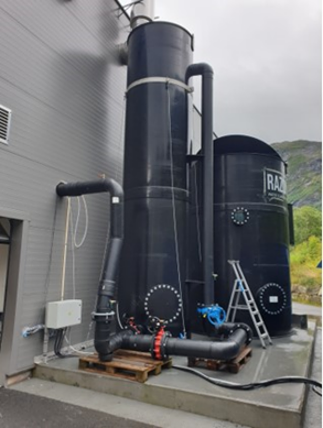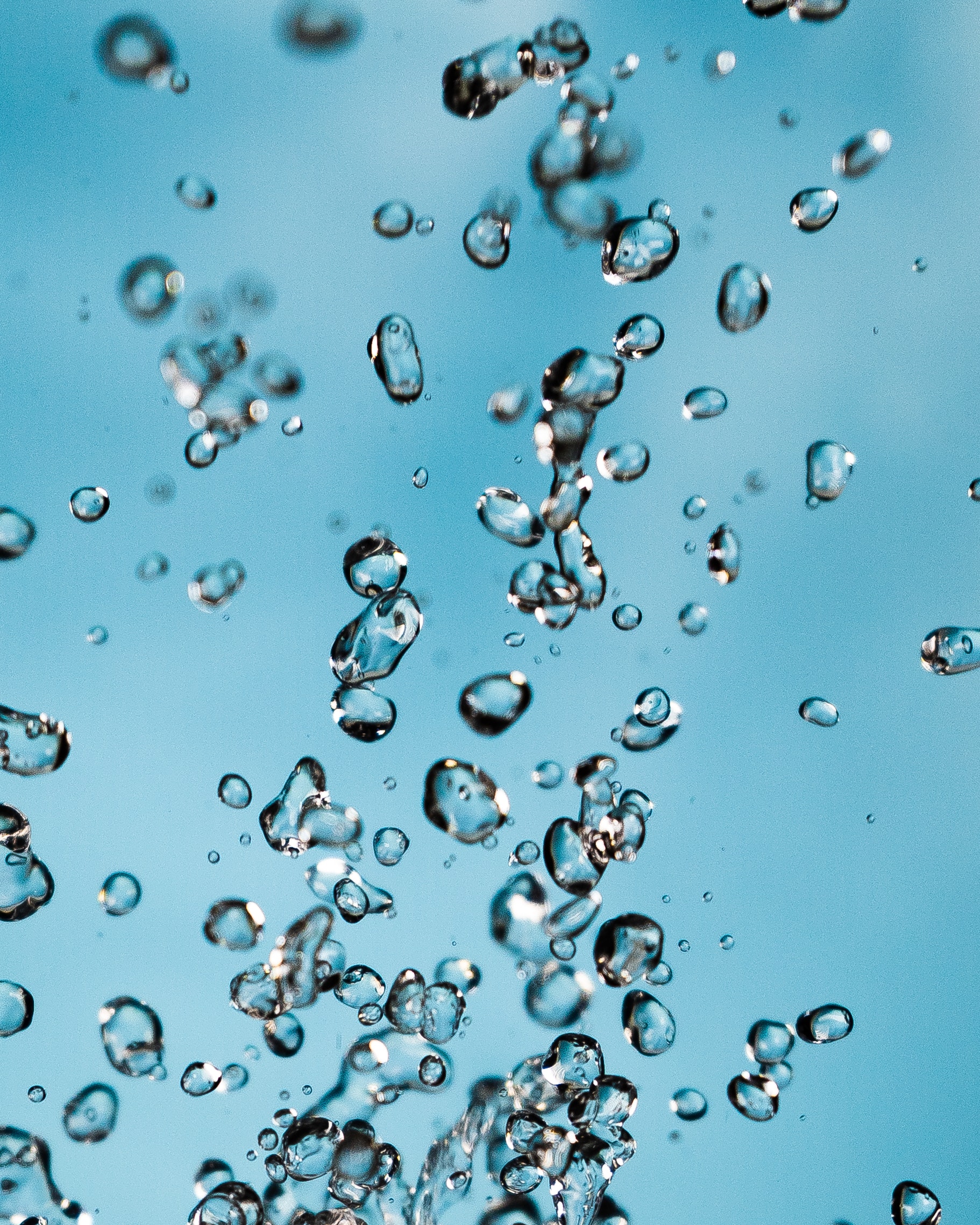Aquaculture
Fisheries and aquaculture production is an essential sources of healthy protein. Also, it is an integral part of culinary traditions and dietary habits for many of us.
Disturbingly, according to WWF, 85% of marine stocks are either fully exploited or overfished. In addition, it is expected that 10 billion people will live on the planet by 2050, and the need for protein supply will increase by approximately 52 per cent. To sustain the world’s growing population with a nutritious and healthy protein, we need to look into RAS recirculating aquaculture systems as a sustainable alternative.
As long as Aquaculture practises are performed considering the environment, food safety and animal welfare, this segment becomes an attractive and sustainable option for bridging the gap between available supply and future demand in an controlled and environment friendly approach.
In spite of all the advantages aquaculture brings, specific critical points still need attention. One of such points is a potential risk to public health due to improper maintenance of the fish farm. For example, biological filtration, which is used to remove harmful pollutants, can be associated with biofilm formation in all the components in the RAS system. In addition, as the water is being reused and recirculated, and unless treated correctly, parts of the pathogens can cross-contaminate the healthy fish and cause a disease outbreak.

Ozone in Aquaculture
Improves water quality.
Ozone is very effective when it comes to destroying pathogens, reducing the peak nitrate concentration, oxidising yellow substances in the water, and reducing organic contamination. Overall, ozone is an effective solution for the treatment and disinfection of the water and a significant contributing factor to the improvement of the efficiency of the RAS system.
The number of advantages that ozone provides specifically for the RAS systems is significant. However, to benefit from all of them, it is imperative to identify the optimal placement of the ozone system and the correct design parameters. Working with ozone in RAS for several years, we have identified the critical points in the process that, once ozone is applied, will drastically decrease your operational expenses and improve the efficiency of your RAS system.
- Known benefits of Ozone in Aquaculture:
- reduce peak nitrite concentrations
- oxidize yellow substance (clear water)
- Low turbidity
- increment and stabilize the redox potential
- oxidize biological substances that are difficult to decompose
- reduce organic contamination
Less known benefits of ozone
- Prevent of biofouling formation (here a link to the Biofilm in food processing step
- Improve the operational capacity of Heat Exchanger
- Lower energy cost
- Decrease the maintenance and cleaning procedures
- Reduce down time
- Reduce the mortality rate of the fish
- Improves the feed conversation ratio
Intake water treatment
The intake water plays an important role in your RAS system since this is one of the parts of the process in which you risk to get unwanted micro organisms into your otherwise closed system.
In a standard RAS system you reuse approx. 90% or more of the water and the systems keeps on improving all the time. Even if you only 10% or less of fresh water it is still large volumes and a risk of getting contaminations into your system. Arrow Lake offers a cost efficient solution to disinfect your intake water, and at the same time remove colour, odour and others that you do not want to get into your system. If you use ground water, our solution will oxidize iron and manganese.

Protein Skimmer Boost-er
Protein skimmers are used to improve and maintain stable water quality.
A protein skimmer typically removes 85- 90% of the dissolved organics, proteins, fish food remains from the water and lower bacterial counts and pathogen concentrations in the water.
In particular, a Protein Skimmer should maximize oxygen saturation in the water. At the same time, it mixes and dissolves liquid oxygen and ozone. However, the dissolution and mixing part can be significantly improved to optimize operational costs and increase efficiency.
The Arrow Lake FLO3W® solution based on the Roturi® acts as a Protein skimmer booster by achieving an excellent dissolution rate, which can help lower the ozone demand by 30% compared to the conventional technology. The impact and the aftermath :
- Lower energy consumption
- The more stable Redox potential of your water

Heat exchanger efficiency
A consistent water temperature year-round provides multiple benefits for land-based fish culture systems. Steady temperatures contribute to fish health and allow producers to obtain optimal growth. Keeping a stable temperature year around usually requires heat exchangers, which are resource-intensive from a capital and operational perspective. They also correspond to high energy costs (up to approx. 50 percent of the total energy cost) and require a significant amount of maintenance, such as keeping the system clean and free from biofilm (biofouling).
In some cases, less than a week after the heat exchanger system has been cleaned, biofilm starts to grow, causing several problems. The heat transfer surfaces start to foul up and reduces the effectiveness of the cooling system through biological insulation, leading to an increased need for energy to reach the required temperature.
In order to minimize the biofouling, various methods have been developed over the last decades, both so called in-line and offline, of a physical, chemical, or biological nature. Most of these methods are well-known and are applied in the regular operation of the facilities, although some methodology approaches are in the research and development phase. However, the application of most of these methods requires interrupting the production, periodically, in order to clean the biofouling, seriously damaging the performance and operation of the installation.
The in-line methods to biofouling control are chemical (oxidizing, and non-oxidants), biological and physical treatments. Nowadays, other methodologies of biofouling mitigation that do not affect the environment are being investigated, although, until now, none have been found that are substitutes for chemical agents and that have the same or with higher efficiency.

Oxygen enrichment
All aquatic species needs oxygen to survive. In aquaculture, pure oxygen is injected into the water to increase stocking density, production yields as well as to get better food conversion rates. Consistently higher dissolved oxygen levels result in lower mortality and higher food conversion rates.
Standard injection methods, such as oxygen cones are very limited in their ability to provide consistent levels of dissolved oxygen if parameters like gas flow or water flow is changed. Most of the system requires a high pump pressure to overcome the pressure loss. This result in high energy cost as well as frequent maintenance of the feed pumps.
ArrowLake offers the most efficient solutions for oxygen enrichment with a neglectable pressure loss, able to handle variations of both gas flow and water flow. The Roturi dissolves your oxygen efficient in both fresh water as well as brackish water.
